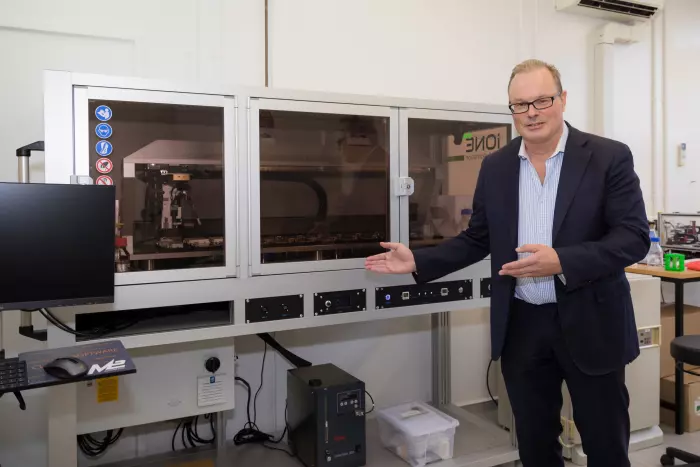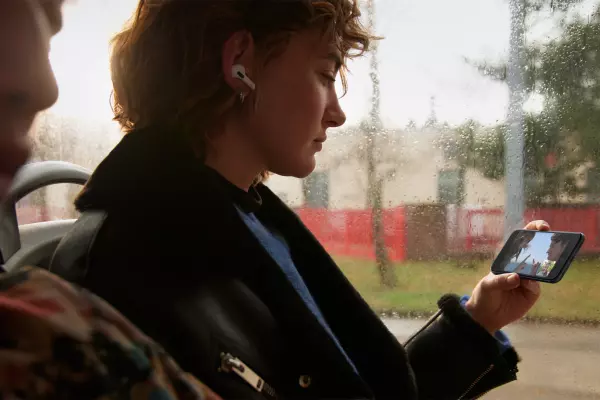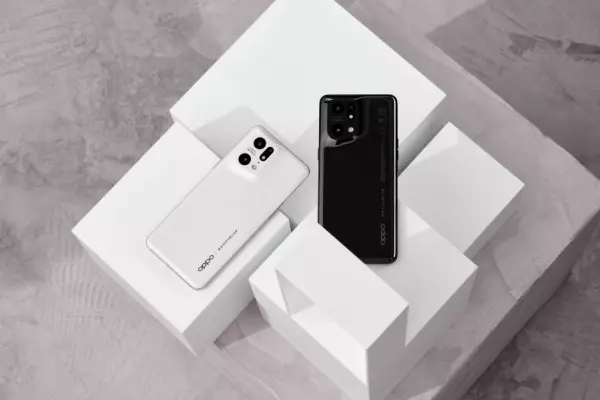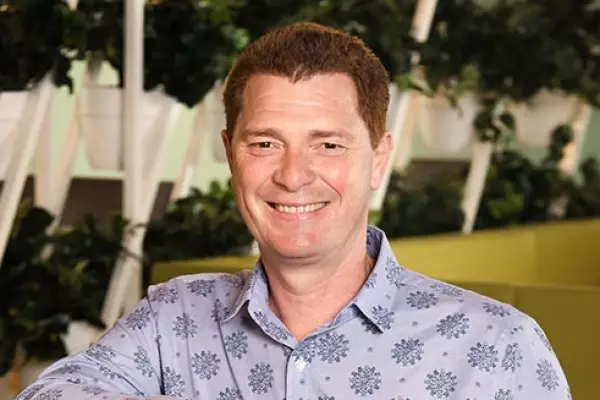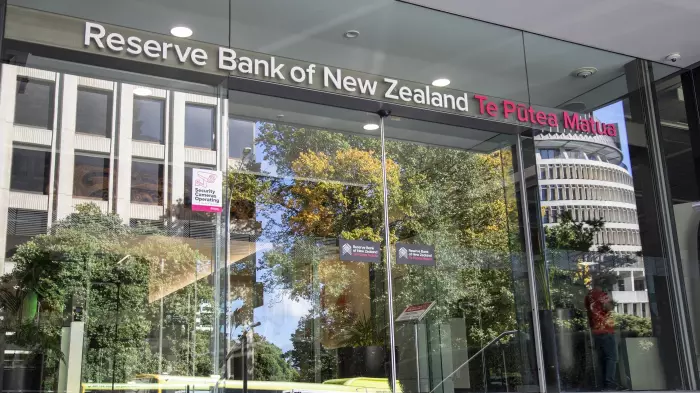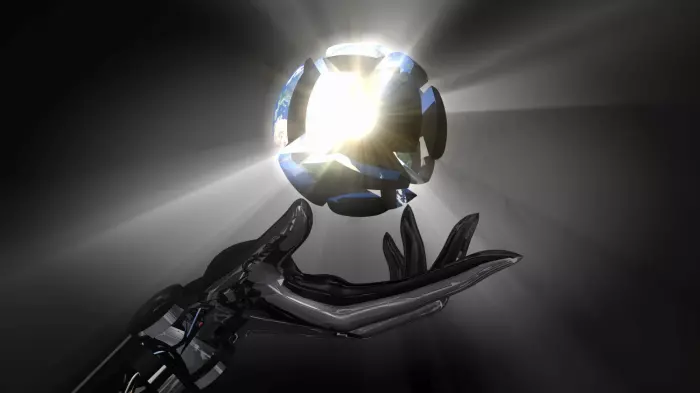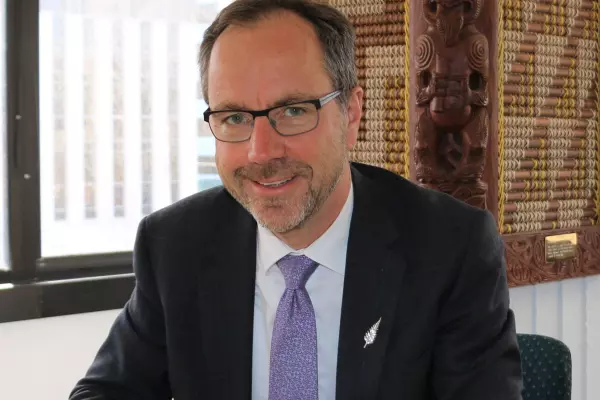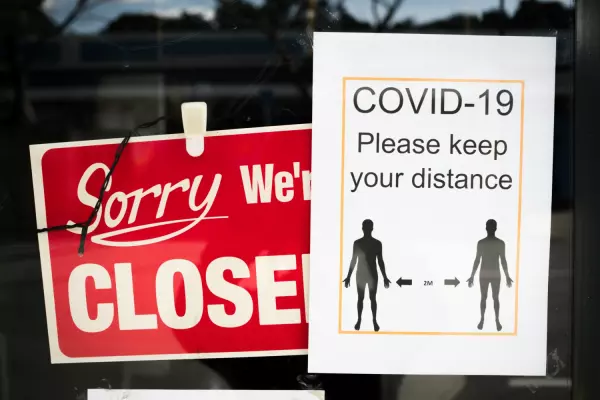A biotechnology company nestled in a corner of Auckland’s Parnell district says it has developed a test that will be essential in the ongoing global fight against covid-19.
Pictor chief executive Thomas Schlumpberger told BusinessDesk his company’s covid-19 antibody test can tell if a person needs two or only one of the two-shot vaccines, one of three of its potential uses.
He said the blood test, which takes one hour to process in a laboratory at a cost of less than US$1 per sample, could conceivably help New Zealand open its borders or shorten MIQ stays to between 12 and 24 hours.
“We have developed a test that can distinguish or differentiate between immunity that you get from vaccination versus an infection.”
Pictor’s test is similar to the popular enzyme-linked immunosorbent assay (Elisa) test that mixes blood with a reagent to detect the presence of disease. The difference is that Pictor uses much smaller volumes of reagents to test, resulting in significant cost savings.
Schlumpberger claimed the test can tell if a person has had covid-19 and therefore has an already higher antibody count than someone who has not been infected.
“Right now, we're the only company that can do exactly that: distinguish between vaccine-based immunity and infection-based immunity with one test, and that at a cost that nobody else can reach and at high throughput and at very high accuracy.”
Someone who has been previously infected might only need one shot of a two-shot vaccine due to the existing presence of antibodies.
Pictor is confident in the science of the test, which is backed by recent findings in publications from the department of microbiology at Mount Sinai, and University of California Irvine.
Schlumpberger believes Pictor’s antibody test will therefore be attractive to governments in addressing vaccine scarcity in both developed and developing countries. He said it could act as a long-term test to determine whether people need booster shots, the second of its uses.
“In very preliminary tests that we have run with standardised samples that you get from an agency, we had 100% sensitivity and 100% specificity,” he said.
Pictor plans to run clinical trials with US labs in order to be externally validated. As of publication, the company is still preparing its emergency use authorisation (EUA) application to the US Food and Drug Administration but hopes for a September decision.
NZ approval is also sought, and chief operating officer Howard Moore said Pictor has “engaged with the Ministry of Health” and will this week propose a pilot trial.
Additionally, the company is launching a $7 million capital raising this week at a share price of $1.25 according to Moore, who told BusinessDesk the funds are needed to "commit to additional resources for taking it [the test] to market and also for manufacturing."
He said the company will be reaching out to existing shareholders and other investors both in NZ and abroad.
NZ innovation
The SARS-CoV-2 virus (aka covid-19) consists of four different particles: nucleocapsid, spike, membrane, and envelope. The body builds antibodies against all four.
Most covid-19 vaccines either introduce or express the spike protein in order to immunise.
Pictor’s test, which is patented, detects the antibodies made against both the spike and nucleocapsid protein.
Unlike the popular nasopharyngeal test that can only detect the presence or absence of covid-19, Pictor’s antibody test shows whether or not a person is protected against the virus.
“If we get a signal just from the spike protein, we know it was a vaccine. If we get the signals from spike protein and nucleocapsid protein, we know it had to be the virus,” Schlumpberger said.
The test requires drawing blood using a full phlebotomy, similar to a regular blood test. Schlumpberger said finger prick tests are not accurate enough.
While he said Pictor is unsure of the Chinese and Russian vaccines’ makeup, the company’s test is applicable to the popular Moderna, Pfizer, J&J Janssen, and AstraZeneca covid vaccines.
He described these four biopharmaceutical giants as “seclusive” but confirmed Pictor is in conversations with some of them.
Pictor is confident in its ability to scale up its test, and has a contract with Timaru manufacturer South Pacific Sera.
Evolution
Schlumpberger noted how vaccine makers are preparing for the next generation of immunisations that could protect against mutations like the Indian and British variants of the virus, and that cheap antibody tests could speed research, the third potential use.
Once people have been fully vaccinated, Pictor’s test claims to be able to tell so by measuring antibody levels.
Schlumpberger said the technology could help NZ keep quarantine stays to a handful of hours by providing scientific proof that people entering the country are adequately immune to covid-19.
Pictor was founded in 2005 by Dr Anand Kumble and Dr Sarita Kumble and first developed antibody products for the Indian market.
The Kumbles hold a 16% stake in the company according to Companies Office records. They retired in 2017, leaving Howard Moore as CEO.
Businessman and investor Danny Chan holds a 14% stake.
Schlumpberger joined Pictor as CEO in August last year and saw the potential to extend the technology to covid-19 testing, he said. Moore is now chief operating officer.
Schlumpberger is an American who was born in Germany and is currently based in San Francisco.
He spent his two weeks in MIQ in Auckland’s Ibis Novotel and was flying back to the States the same day as our interview and intends to visit NZ every eight weeks from now on.
He said Pictor was “in active discussions” with several governments about using the test as a border control measure.
As well as being “mind boggled” that NZ Police does not carry guns, Schlumpberger was in awe of the Parnell-based company’s scientific work.
“It is absolutely stunning that this level of innovation that I really would call world class has happened in New Zealand, which, by the way, is no offence at all,” he said.
“You look at a country with a population of 5 million, and then you look at a country like the US with 350 million, and the country with 5 million did the innovation and developed it. I think that in itself is stunning.”


